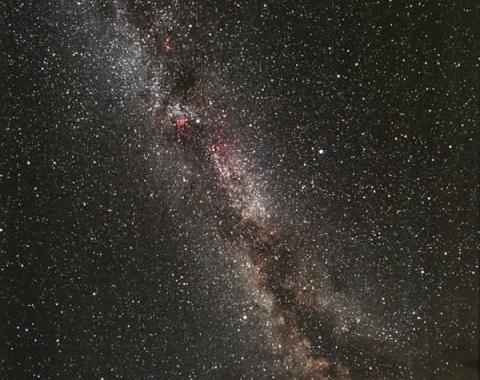Protoplanetary disks, the birthplaces of planets, have long been studied to understand the processes of planet formation. Recent high-resolution observations of dust polarization in these disks using sub-millimeter radio interferometry have revealed patterns that challenge our previous understanding. This talk gives an introduction to the mechanisms behind these perplexing polarization observations. The observed polarization patterns cannot be fully explained by previously proposed mechanisms such as scattering or aligned grains alone. Instead, Dr. Lin will show that a fully self-consistent treatment of scattering from aligned grains can account for the polarization transition observed from 870 microns to 7mm, as well as the high-resolution image at 870 microns that resolves the disk's rings and gaps.
Furthermore, Dr. Lin proposes a novel mechanism for grain alignment in protoplanetary disks. Grains can become aligned due to gas flow relative to the grain, particularly when the grain's center of mass is shifted from its geometrical center. This mechanism, analogous to the alignment of badminton birdies on Earth, has significant implications. If correct, it provides the first direct probe of dust drift in protoplanetary disks and allows us to infer the direction of this drift from polarization observations. These findings not only resolve the mystery of the observed polarization patterns but also open new avenues for studying the dynamics of planet formation. By providing a new tool to directly observe dust behavior in protoplanetary disks, this work contributes to our understanding of the early stages of planetary system evolution.

